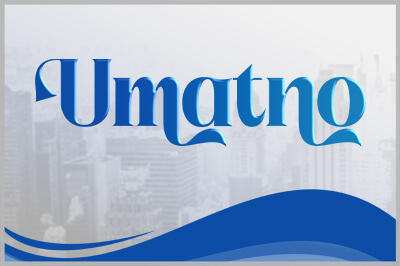
views
Trains have been an integral part of transportation, offering a unique travel experience to people. However, many may not be aware of the various types of trains that exist, each with its own set of characteristics and purposes. Let’s delve into the distinctions between DEMU, MEMU, Tram, and Metro trains in Indian Railways and explore how they differ from conventional trains.
DEMU and MEMU trains fall under the category of self-propelled vehicles as they don’t have a separate engine, instead, the engine is integrated into the train. Unlike regular trains, these are designed for shorter distances and typically operate within a city or between nearby cities.
EMU (Electric Multiple Unit): EMU stands for Electric Multiple Unit and runs on electricity from overhead electric wires. These trains featured no separate ladder for boarding the coaches, resulting in the construction of higher platforms. It typically consisted of a unit of three coaches, each equipped with a built-in engine. The evolution of EMU occurred when modifications were made to include stairs, specifically addressing stations constructed at road level. This led to the introduction of modified EMU i.e, MEMU. MEMU stands for Mainline Electric Multiple Unit.
DEMU (Diesel Electrical Multiple Unit): DEMU trains were deployed in areas where electric wires couldn’t reach. It is a type of multiple-unit train that is propelled by on-board diesel engines. A DMU doesn’t need a separate locomotive because its engines are part of the carriages. Single-unit rail cars powered by diesel are also considered DMUs. Diesel-powered units can be categorized based on their transmission type: diesel–electric (DEMU), diesel–mechanical (DMMU), or diesel–hydraulic (DHMU).
As per Indian Railway Info, MEMU trains were created for rural and semi-urban areas with ground-level stations, while EMU was tailored for urban and semi-urban locations.
Tram and Metro Trains: Tram and metro trains are different from regular and local trains. It offers specialized services within specific urban environments. Tram typically operates in cities like Kolkata and consists of two coaches. These electrically powered vehicles run on tracks embedded in city streets. Meanwhile, Metro trains are a modern form of rapid transit, commonly found in cities like Delhi, Mumbai, and Lucknow. Air-conditioned coaches, elevated or underground tracks, and high-speed travel characterize metro systems. Metro trains offer a comfortable and speedy travel option.



















Comments
0 comment